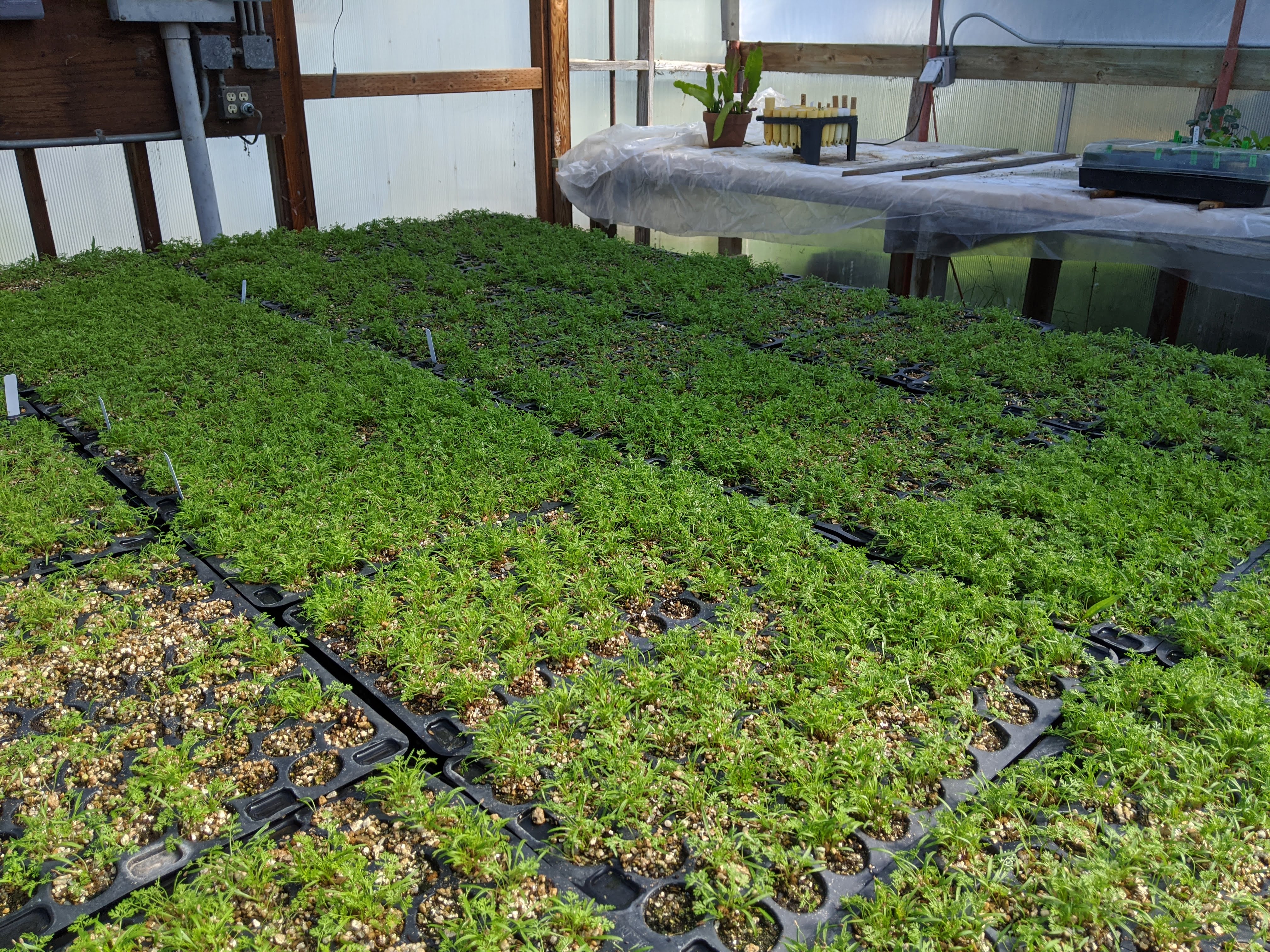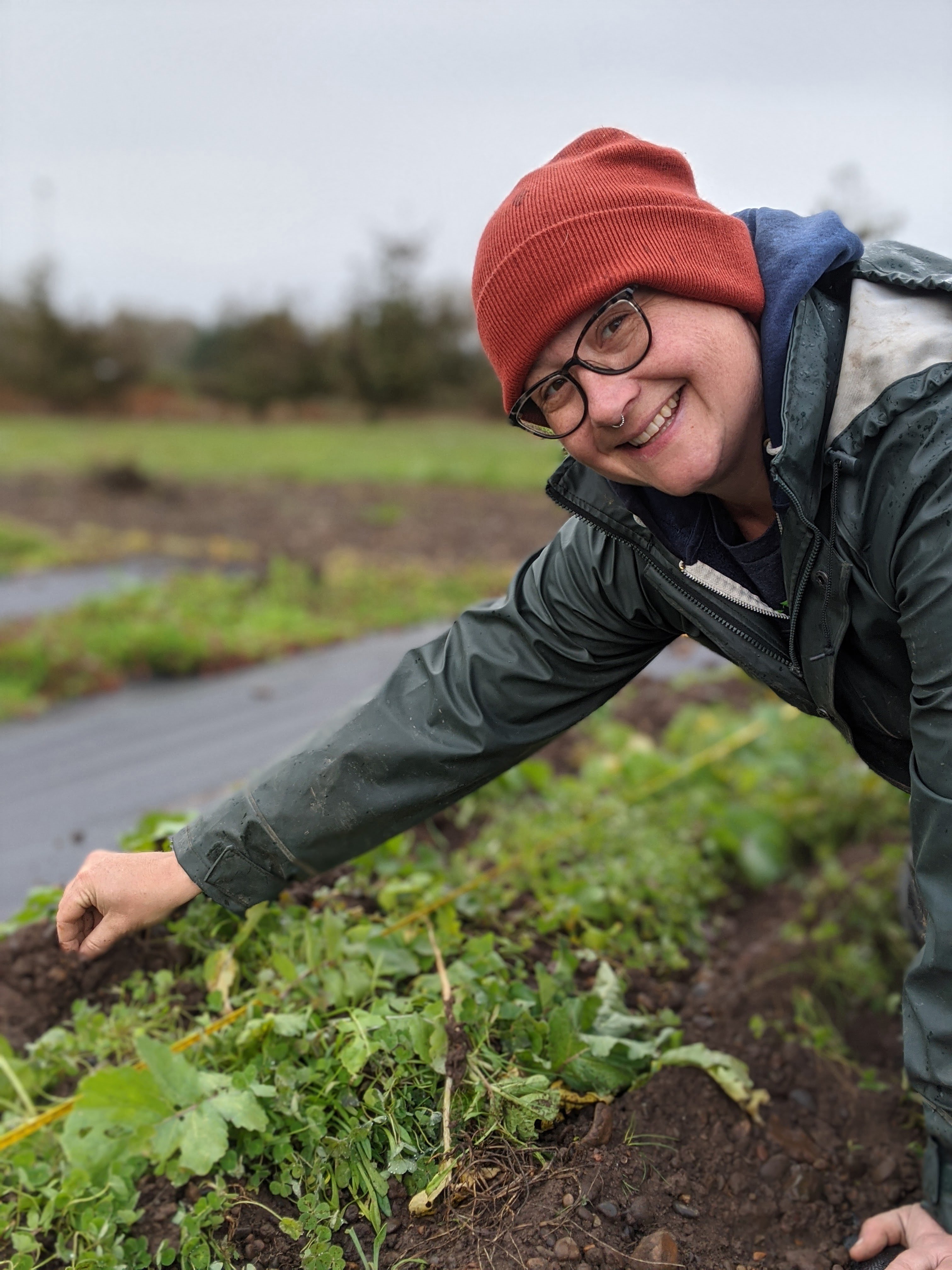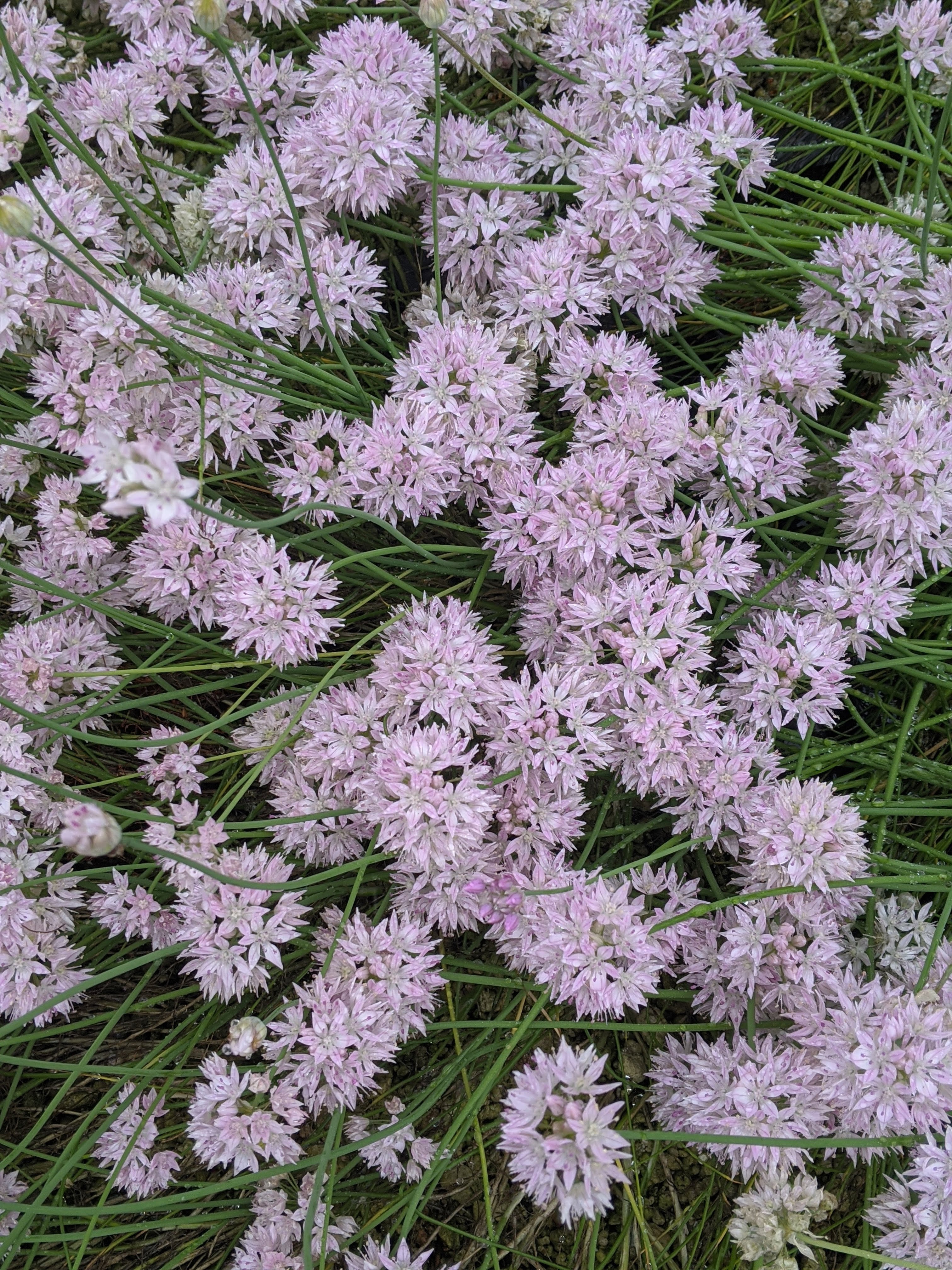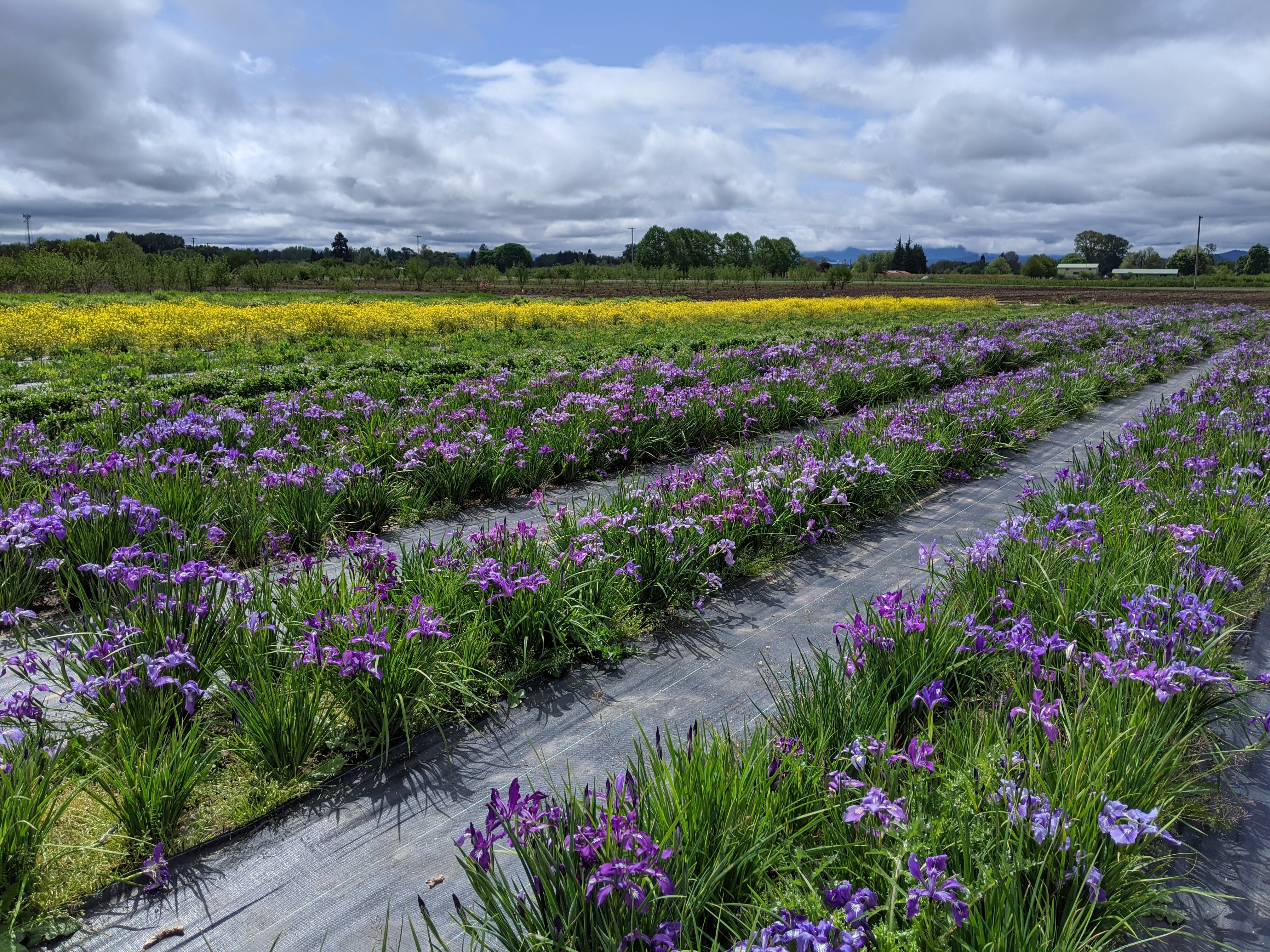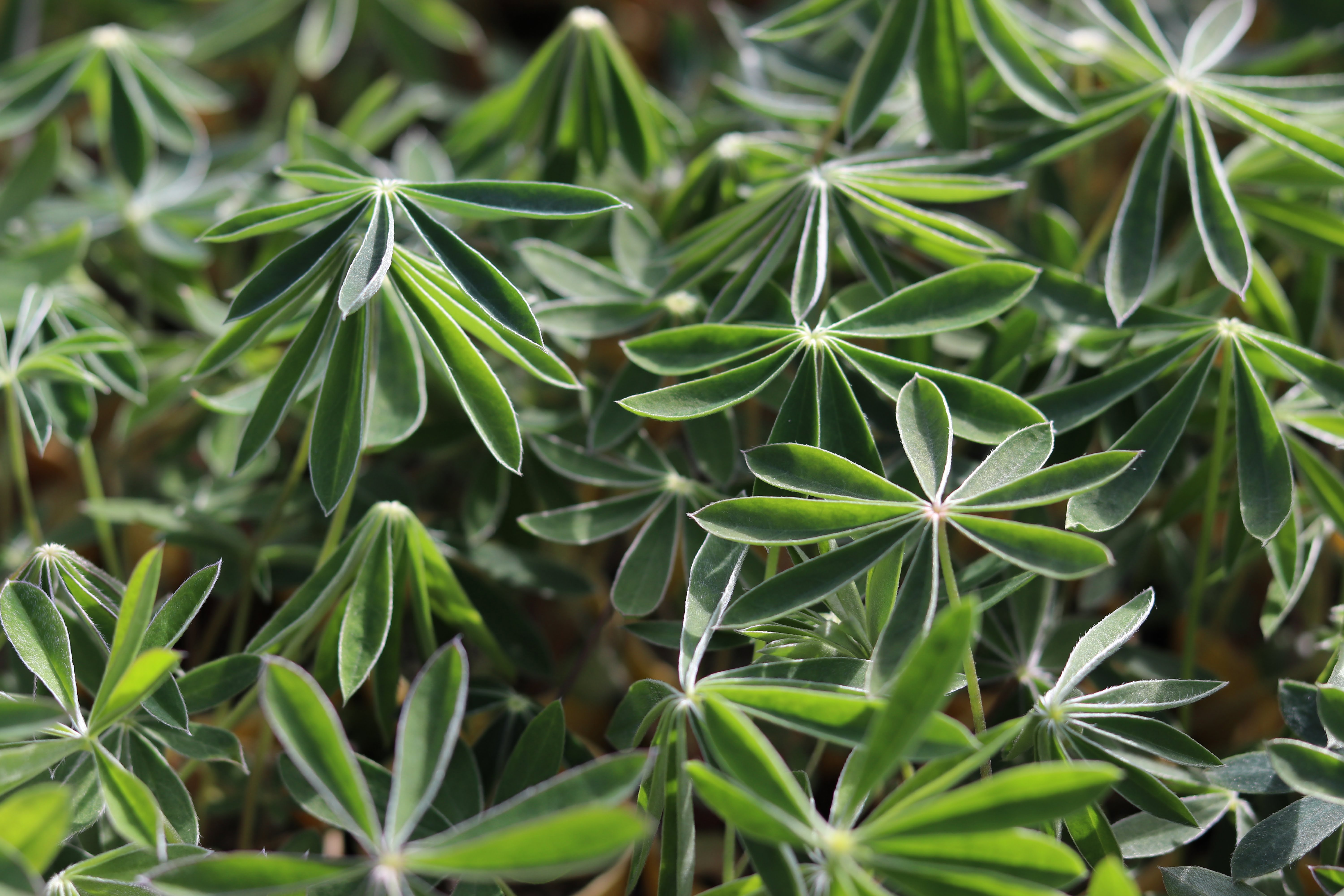
2020 on the Farm: Growing through adversity
March 2021
Through the tribulations of what has been a harrowing year, we take solace in the ability to overcome and move forward. The 2020 growing season is a reminder that even through personnel changes, historic wildfires, and a global pandemic, our work is important and worth doing. In 2020, the IAE native plant farm overcame many of the challenges and continued its work to plant the seeds for a successful future. In the following blog, we will show some of the challenges bested and successes to celebrate.
The farm did not escape the effects of the pandemic. The threat of our greenhouse facilities at Oregon State University being inaccessible due to the virus prompted the hasty move of thousands of seedlings to our partner facilities at the Natural Resource Conservation Service’s Corvallis Plant Materials Center (PMC) to finish growing and prepare them for field planting. Even in the face of a global catastrophe, the plants grow, and the flowers still look to the sky. Thankfully, the farm offers us plenty of space to work while adhering to IAE’s strict Covid-19 safety protocols.
Mara Friddle joined the Plant Materials Program as the new farm manager in October. In a funny twist of fate, Mara was the horticulturist at the Corvallis Plant Materials Center before accepting this position. In her role at the Plant Materials Center, Mara cared for IAE’s seedlings during all the Covid-19 chaos, so she was no stranger to IAE’s work.
While 2020 presented us with some truly monumental challenges, the farm keeps us looking to the future as the flowers look to the sun. We are grateful for the Oregon State University Vegetable Farm for the space for our native plant farm, and for help from the Natural Resource Conservation Service’s Plant Materials Center. 2021 has us excited about new staff, a production greenhouse full of seedlings and all the new challenges and rewards that come from growing native plants in the Pacific Northwest.
Restoration
Research
Education
Get Involved
Contact
Main Office:
4950 SW Hout Street
Corvallis, OR 97333-9598
541-753-3099
[email protected]
Southwest Office:
1202 Parkway Dr. Suite B
Santa Fe, NM 87507
(505) 490-4910
[email protected]
© 2024 Institute for Applied Ecology | Privacy Policy
